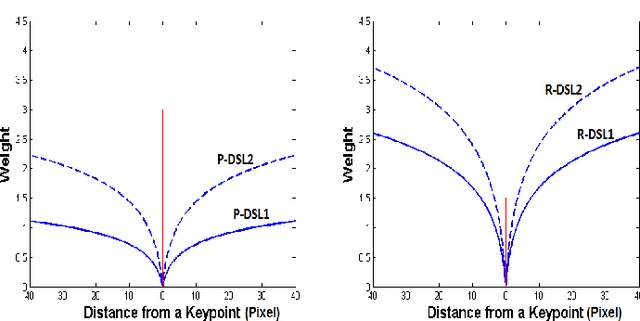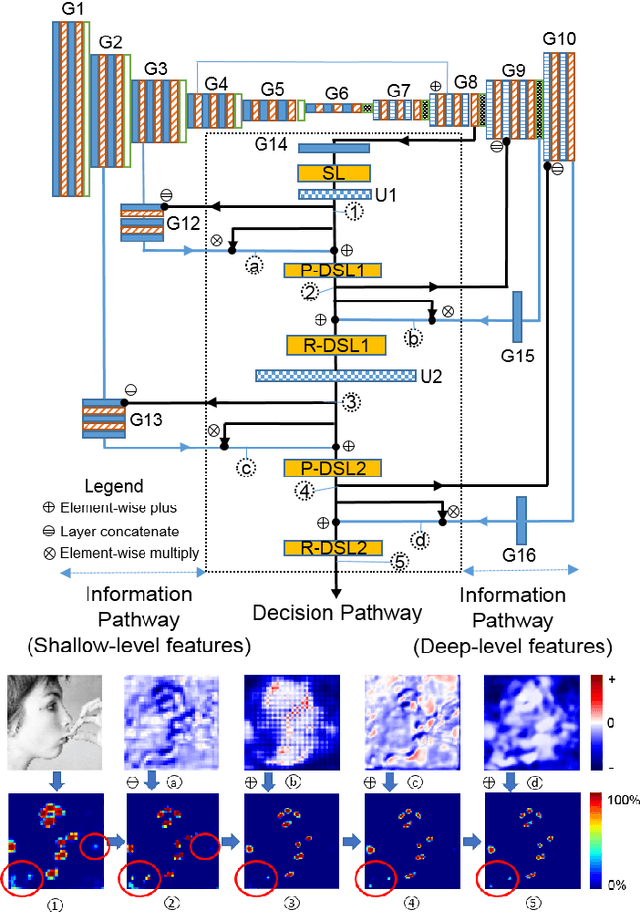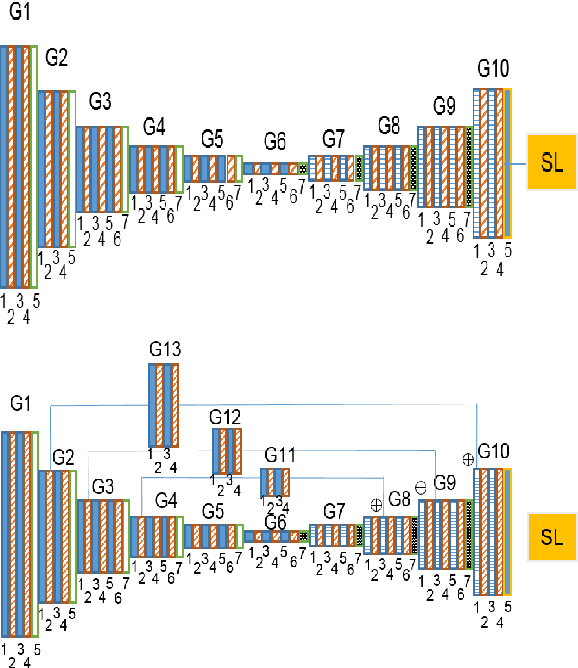GoDP: Globally optimized dual pathway system for facial landmark localization in-the-wild
Paper and Code
Dec 19, 2017



Facial landmark localization is a fundamental module for pose-invariant face recognition. The most common approach for facial landmark detection is cascaded regression, which is composed of two steps: feature extraction and facial shape regression. Recent methods employ deep convolutional networks to extract robust features for each step, while the whole system could be regarded as a deep cascaded regression architecture. In this work, instead of employing a deep regression network, a Globally Optimized Dual-Pathway (GoDP) deep architecture is proposed to identify the target pixels through solving a cascaded pixel labeling problem without resorting to high-level inference models or complex stacked architecture. The proposed end-to-end system relies on distance-aware softmax functions and dual-pathway proposal-refinement architecture. Results show that it outperforms the state-of-the-art cascaded regression-based methods on multiple in-the-wild face alignment databases. The model achieves 1.84 normalized mean error (NME) on the AFLW database, which outperforms 3DDFA by 61.8%. Experiments on face identification demonstrate that GoDP, coupled with DPM-headhunter, is able to improve rank-1 identification rate by 44.2% compared to Dlib toolbox on a challenging database.
 Add to Chrome
Add to Chrome Add to Firefox
Add to Firefox Add to Edge
Add to Edge